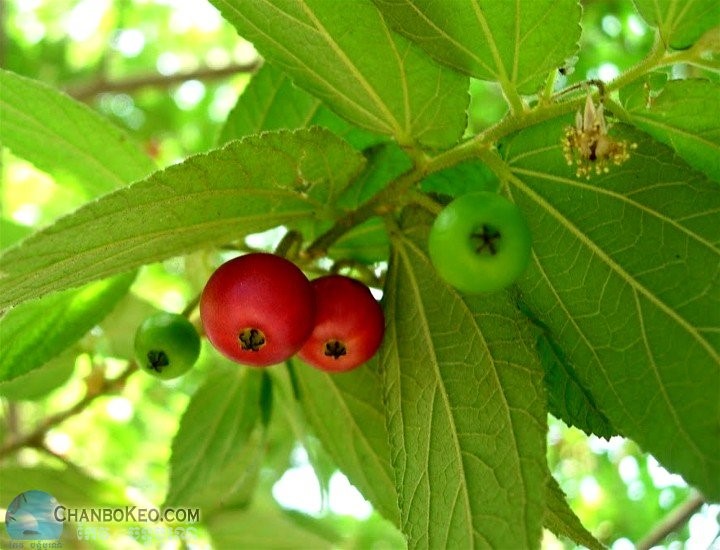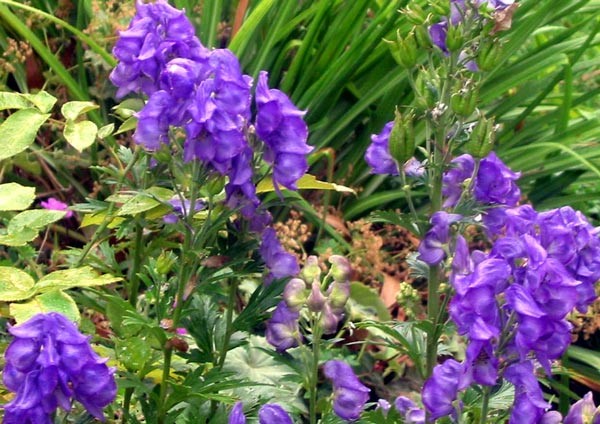Yastimadhu
LITERARY VIEW
MADHUKA OR MADHU YASTIKA are known to the physicians since vedic period. Atharva Parisishta described Madhuka and is considered as Dourbhagya Nashana. Commentators like SAYANA identified it with YASTIMADHU. It was used in the treatment of animal poisons and it is quoted in the context of mulavidhi.
Brihat trayi used this herb extensively in therapeutics but Acharya Charaka included it in many of his Kashaya vargas. He also emphasized its utility among rasayana drugs. Quoting Sushrutha’s view , Chakrapany detailed that though the root of Yasti Madhu is considered as the best for Vamana, The fruits of two varieties of this drug shall be used and we can find reference in Nighantus also. In Dhanvanthry Nigantu as Madhu Yasti, in Raja nigantu as Yasti Madhu and in Madanapala Nigantu as Madhu Yasti.
SYNONYMS AND NIRUKTHI
1 MADHUKA: Similar to the taste of honey
2.KOSHA PUSHPA: Flowers have cavity inside
3.GUDA PUSHPA: Pushpa will have taste of Guda and Madhu. It is sweet in taste.
- GOLA PHALA: Fruit is round in shape
5.DOLA PHALA: fruit is round in shape
- THIKSHNA SARA: Bija majja is Thikshna
- MADHUKOSTA: Whole part of the plant is sweet in taste
- MADHU DRUMA: It is used for preparing wine
- MADHUSRAVA: The essence of plant is sweet in taste.
10 MADHAVA: Flower blossoms in spring season
- LODHRA PUSHPA: Flower’s color is like Lodra Pushpa
- VAANAPRASTHA: Plant grows wildly
VERNACULAR NAMES
English: Liquorice root
Hindi: Mulahathi,muleti,jethimadhu
Kannada: Jeshta Madura,athimadhura
Tamil: jeshta Madhuram,athimadhuram
Telugu: Athimadhuramu
Malayalam: Irattimadhuram
Varieties (Bedha)
According to Charaka two varieties:
- Jalaja Madhuyasti
- Sthalaja Madhuyasti
According to source from where it is obtained there are three varieties.
- Mishri (Baluchistan) said to be the best.
- Arbi (Arab Countries) said to be medium.
- Turkey (Turkey) said to be poor.
According to modern concept three varieties.
- Russia – Glycyrrhiza glabra
- Persia (Iran) – Glycyrrhiza violaceae
- Syrian – Glycyrrhiza glabra
Rasa Panchaka
Rasa :- Madhura
Guna:- Guru, Snigdha
Virya:- Sheeta
Vipaka:- Madhura
Prabhava:- Tridoshahara,Rasayana, Vrushya
Karma :- Daaha Prashamana, Shotahara, Chhardi nigrahana, Vrushya,
Trushnanigrahana, Kantya, Mutrala, Jeevaniya, Chakshushya,
Rasayana, Anulomana.
Indication
Vrana, shota, Kaasa, Shwasa, Shirashula, Netravikara, Udhara, Sadyokshata, trut, chaya, Shopha.
Chemical constituents
Root contains Glycyrrhuzin, a yellow amorphous powder, aspragin, sulphuric acid, mallic acid, calcium and magnesium salts.
Bark contains a small quantity of tannin and some other chemicals:-
Glycyrrhinic acid, glycyrrhetinic acid, liquritin, isoliquiritin, neosioliquiritin, liquiritogenin, isoliquiritogenin, glabrine, glabranine, licuraside, licochalcones A & B, hispaglabridin A & B, licoricidin, glabrene, liquiritic acid, glabloride etc…
Officinal part (prayojanga)
Officinal part:- Root or moola
Dosage (Matra)
Dosage:- Moola Churna – 3-5 gram.
Formulations (aushadhiyoga)
- Yastyaadi churna
- Yastyaadi kwatha
- Madhuyastyaadi taila
- Eladi gutika
Therapeutic uses (aamayika prayoga)
- Bhagandara: the wound should be applied with Madhu
Taila (Shu. Chi. 8)
- Arthavabhedaka: Yastimadhu is mixed with honey and
Used as Avapidana Nasya (Shu. Ut. 26)
- Hrudroga: paste of Yastimadhu and Katuki should be
Given with Sheethajala (Sugar water).
(Cha. Chi. 26)
- Rasayana: Madhuyasti Churna given with Kshera.
- Promote Lactation: Yastimadhu given with cows milk.
- Raktapitta: Yastimadhu and Chandan Churna mix with
milk and given.
- Vranashotha: Yastimadhu Churna paste apply on Vrana.
- Shiraroga: Decoction of YastiMadhu moola.
- Kalithya and Indralupta: Yastimadhu taila apply(Sha. Sa)
- Apasmara:root paste of yastimadhu is cooked with
Ghritha fruit juice of Dhatri thus
Madhuyasti Ghritha is prepared given
Orally to Apasmaara patient.(Bha. 23).
- Visha: Yyastimadhu decoction is given.
- Swarabhanga:Yastimadhu Churna with Ghee and
Sugar.
- Pitthaja Chardi: Yastimadhu and Raktchandan churan
Given.
- Muthrakruchra: Yastimadhu siddadugda given.
Modern pharmacology
Liquorice- Bp and IP
Acts on sore throat, as mild laxative, expectorant, gastric ulcers,, anti-inflamatory show mild mineralo- corcoid action, rheumatism.
When the powder is given orally it get mixed with gastric juices and given as action like that of cortisone.
Research
- Glycyrrhizin showed anti- arthritic and anti- inflammatory effect on formaldehyde induced rat-paw oedema in adrenalectionized rats. It was found to potentiate the anti-arthritic action of hydro cortisone in rats.
- Glycyrrhizin showed a significant anti- diuretic effect in rats and rabbits on oral and perenteral administration.
- Glycyrrhetic acid showed an anti-pyretic activity similar to that of sodium salicylate on rectal temperature of normal and pyretic rat.
- Anti- inflammatory response of glabra was found to be equivalent to that of oxyphenbutazone. It appeared to posses more potent anti-pyretic and anti- exudative.



![VIBHEETAKI – TERMINALIA BELLERICA ROXB.] VIBHEETAKI – TERMINALIA BELLERICA ROXB.]](https://liveayurvedalife.com/wp-content/uploads/2015/08/VIBHEETAKI.jpg)


![Varuna – [Crataeva nurvala Buch.Ham] Varuna – [Crataeva nurvala Buch.Ham]](https://liveayurvedalife.com/wp-content/uploads/2015/08/Varuna.png)